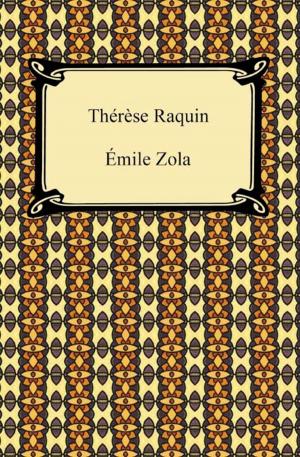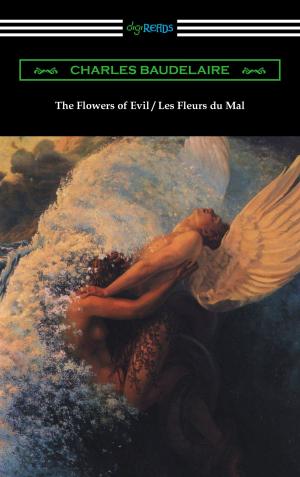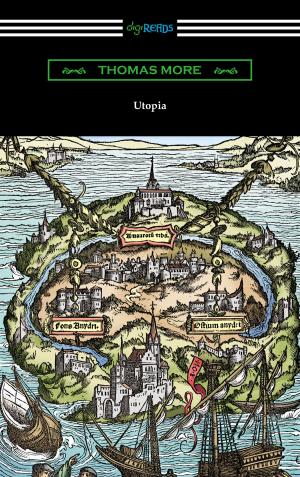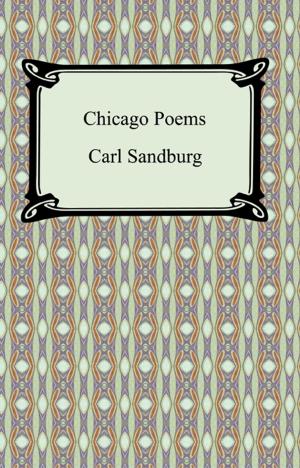| Author: | Ludovico Ariosto | ISBN: | 9781596746985 |
| Publisher: | Neeland Media LLC | Publication: | December 15, 2009 |
| Imprint: | Digireads.com Publishing | Language: | English |
| Author: | Ludovico Ariosto |
| ISBN: | 9781596746985 |
| Publisher: | Neeland Media LLC |
| Publication: | December 15, 2009 |
| Imprint: | Digireads.com Publishing |
| Language: | English |
Ludovico Ariosto (1474-1533) was the oldest of 10 children being the successor to the patriarchal position of his family. From his earliest years, Ludovico was interested in poetry, but was obliged by his father, a commander of the Reggio Emilia citadel, to study law. In 1517, he served under the cardinal's brother, Alfonso, duke of Ferrara, and it was then that he began writing his masterpiece and romance epic "Orlando Furioso". The earliest version appeared in 1516 but was not published in its complete form until 1532. The poem is a prolongation of Matteo Maria Boiardo's work, "Orlando Innamorato", and is separated into two volumes consisting of forty-six cantos in all. Volume I entails the first twenty-four cantos describing the adventures of Orlando, Charlemagne, and the Franks as they combat against the Saracens with diversions into many side plots. Ariosto includes many fantastical elements and creatures, yet the most important plot centers around Orlando's unreciprocated love for the pagan princess Angelica, which develops into the insanity suggested in the title.
Ludovico Ariosto (1474-1533) was the oldest of 10 children being the successor to the patriarchal position of his family. From his earliest years, Ludovico was interested in poetry, but was obliged by his father, a commander of the Reggio Emilia citadel, to study law. In 1517, he served under the cardinal's brother, Alfonso, duke of Ferrara, and it was then that he began writing his masterpiece and romance epic "Orlando Furioso". The earliest version appeared in 1516 but was not published in its complete form until 1532. The poem is a prolongation of Matteo Maria Boiardo's work, "Orlando Innamorato", and is separated into two volumes consisting of forty-six cantos in all. Volume I entails the first twenty-four cantos describing the adventures of Orlando, Charlemagne, and the Franks as they combat against the Saracens with diversions into many side plots. Ariosto includes many fantastical elements and creatures, yet the most important plot centers around Orlando's unreciprocated love for the pagan princess Angelica, which develops into the insanity suggested in the title.















